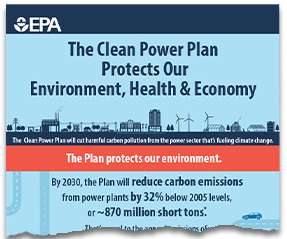It’s Time to Repeal the Clean Power Plan
Legal Planet
DECEMBER 6, 2021
The Clean Power Plan (CPP) was the Obama Administration’s signature climate effort. This 2015 regulation aimed to move state power grids away from coal and toward renewable energy. When fully implemented, the Clean Power Plan was intended to cut carbon emissions 30% below the 2005 level by 2030.


















Let's personalize your content